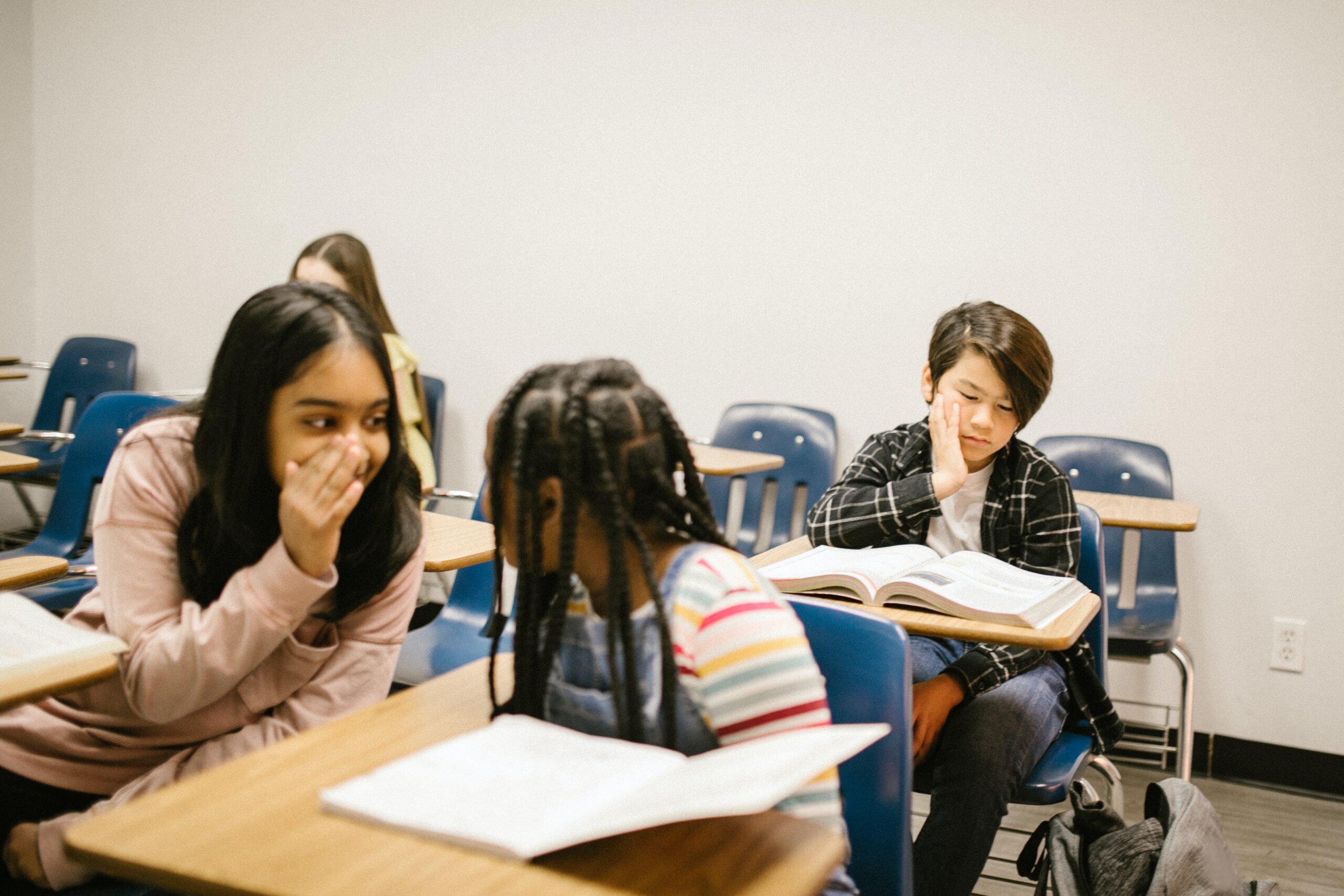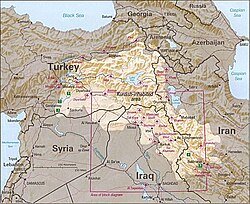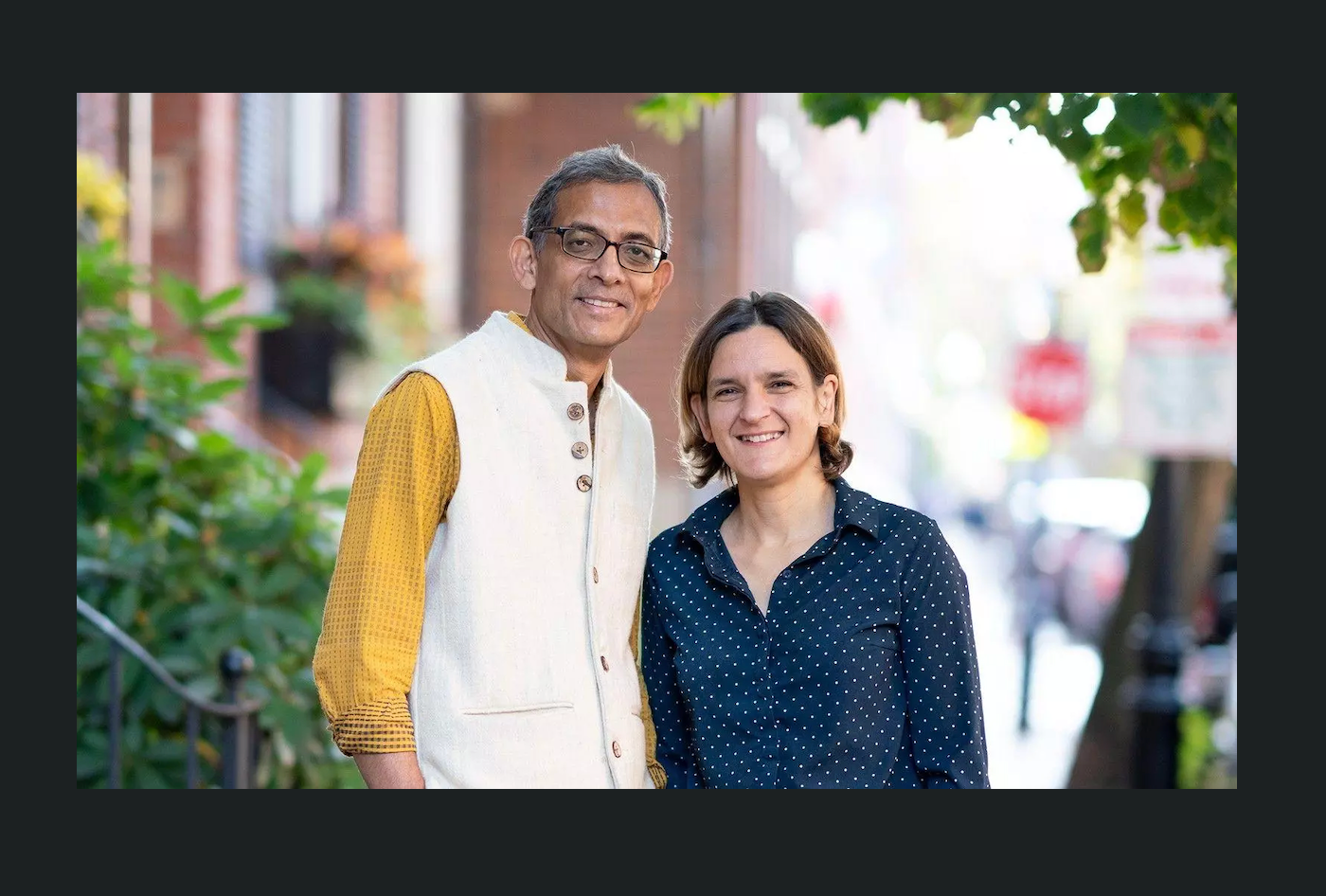The number is unlikely to fall even though the government has now cleared the path for foreign universities to set up their campuses in India
The number of Indian students seeking places in universities overseas jumped sharply in 2022, reported mediaindia.eu. Lack of jobs, Poor quality of education in India, relatively high fees and difficulties in obtaining student loans are some of the factors driving students overseas. This number is unlikely to fall even though the government has now cleared the path for foreign universities to set up their campuses in India.
In January, the University Grants Commission announced that foreign universities can set up their own campuses in India. The move was projected as a game changer for the Indian education sector, saying that by bringing foreign universities to India, students would no longer need to go overseas for studies.
Indeed, India is one of the biggest markets for most universities around the world. India is second only to China, with over 1.09 million Indian students studying in 85 countries. And this number has been rising over the years.
Statistics recently released by the government said that the number of Indian students traveling overseas for higher studies in 2022 stood at 750,365 students, a rise of 69 pc over 444,553 students who left in 2021.
This exponential rise was caused by a number of factors. One of the primary causes is that the movement of students was almost entirely paralysed during the Covid-19 pandemic and it has led to a huge pent-up demand which is coming through now. But analysts say that the surge is not only because of the pandemic surge. Data reveals that over the years, the number of students travelling abroad for education has increased dramatically.
The numbers from 2022 were significantly higher than the data from the last 10 years. According to a news report, the number of students who pursued higher education abroad was 454,009 in 2017, which increased to 517,998 in 2018 and further to 586,337 in 2019. However, due to the Covid-19 pandemic, the figure decreased by 50 pc, with only 259,655 students studying abroad in 2020, before surging back 750,365 students in 2022.
Analysts say that the number is set to almost double by next year. A report by Red Seer Strategic Consultants in Bengaluru predicted that the number of Indian students electing to study overseas will reach 1.8 million by 2024.
“Right after the pandemic, we had hordes of students desperate to go abroad and study, travel restrictions were eased in many of these countries, like Australia, Canada, and the United Kingdom, and they were inviting students to recover from the economic impact of the pandemic.’’
— Pramod Bisht, Director of Education for the World, an agency which deals in foreign universities admission and study visas
According to statistics, most of the students studying overseas hail from from Andhra Pradesh, Punjab, and Maharashtra. These three states are among the richest in India and are thus likely to have a strong understanding of the advantages of studying overseas.
Experts say that there are several reasons why Indian students head overseas. One is the stiff competition in most good quality universities, while another is the high fees and poor quality of education imparted in most educational institutions. Also, for most Indians, studying abroad is a matter of privilege and prestige in society, and it has been this way since colonial times.
Many students pursue medicine in countries like Russia, Bangladesh, Ukraine, and Kazakhstan because some universities charge less than private universities in India. Last year, close to 17,000 students were rescued from war-torn Ukraine, while 7,000 students chose to stay back in the war-torn country and continue their studies, rather than returning to an uncertain future in India.
Studying overseas is not just about degrees but also, for many people, a stepping stone to migration. More and more students travel abroad to study since it increases their chances of finding employment and settling there. A poll by INTO University Partnerships found that 76 pc of Indian students are considering studying abroad with the intention of finding employment and relocating abroad once they have earned their foreign degree.
It becomes easier for Indian and other foreign students, since some countries offer post-study work visas that allow international students to work in the country for a period of time after graduation. This can be a valuable opportunity to gain work experience and build a career in the host country or even come back to a much better job in India than what they may have managed with an Indian degree.
“Right after the pandemic, we had hordes of students desperate to go abroad and study, travel restrictions were eased in many of these countries, like Australia, Canada, and the United Kingdom, and they were inviting students to recover from the economic impact of the pandemic,’’ Pramod Bisht, director of Education for the World, an agency which deals in foreign universities admission and study visas, told Media India Group.
**********************************************************
Readers
These are extraordinary times. All of us have to rely on high-impact, trustworthy journalism. And this is especially true of the Indian Diaspora. Members of the Indian community overseas cannot be fed with inaccurate news.
Pravasi Samwad is a venture that has no shareholders. It is the result of an impassioned initiative of a handful of Indian journalists spread around the world. We have taken the small step forward with the pledge to provide news with accuracy, free from political and commercial influence. Our aim is to keep you, our readers, informed about developments at ‘home’ and across the world that affect you.
Please help us to keep our journalism independent and free.
In these difficult times, to run a news website requires finances. While every contribution, big or small, will makes a difference, we request our readers to put us in touch with advertisers worldwide. It will be a great help.
For more information: pravasisamwad00@gmail.com











